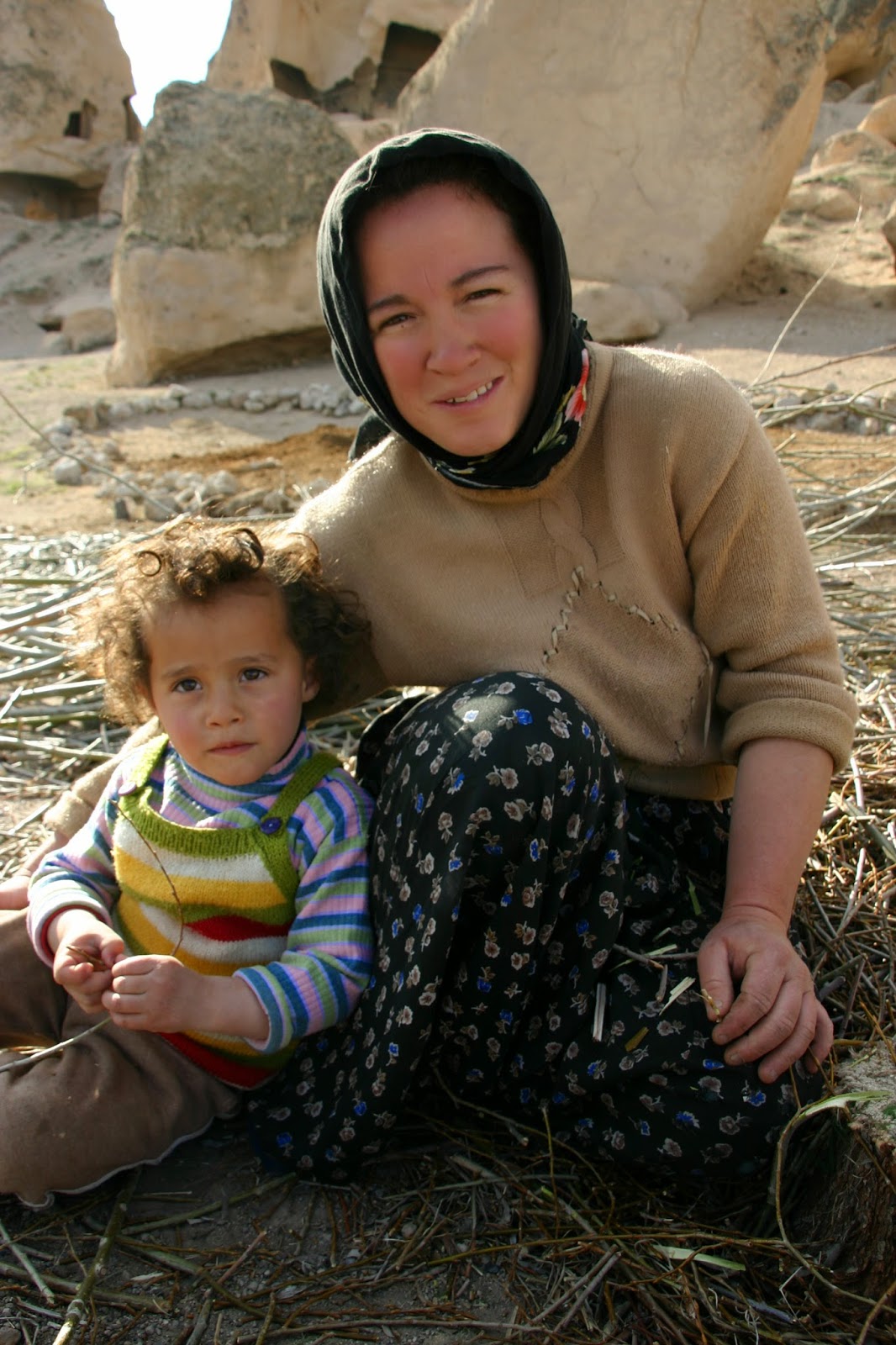Sunday, December 07, 2014 - 
 No comments
No comments

 No comments
No comments
My Annual Bout of Seasonal Whiplash
“Sorry, no more Pumpkin Spice Lattes this year. Would you like a Gingerbread Latte instead?”
I’d already walked in thinking, “It’s too early for Red Cups!” And now, the fact that it was mid-November meant my favourite drink (and with it, my favourite season) had been ousted from the menu? “Baby, It’s Cold Outside” drifted from the speakers in comical counterpoint to the Mediterranean sunshine outside the tree-and-garland clad coffee shop. Clearly neither the thermometer nor the fact that Christmas isn’t even celebrated in this country hold any sway over Starbucks’ syrup selections.
I love Fall and I love Christmas, but I love them most when they each get their chance to individually shine. Autumn is for cozy melancholy, December is for joyful anticipation, and never the twain shall meet. But the “end of Autumn” and “beginning of Winter” are decidedly overlapped and jumbled here (scarves and hats one week, t-shirts and flip-flops the next) and they certainly don’t jive with my internal North American cultural calendar. (September is for bouquets of newly sharpened pencils, October is for pumpkins and leaf-crunching, November is for poppies and cranberries and turkey - at least for Americanized-Canadians like myself - and December is for manger scenes and gingerbread and mint.)
The world outside the four walls of Starbucks and my own house doesn’t follow the same rhythm as the one I’ve carried inside my heart since childhood, so ever since I’ve lived here, I’ve felt culturally and meteorologically out of synch. The Muslim holidays of Ramazan and the Sacrifice Festival move back ten days every year, so festivals aren’t really tied to particular seasons. There’s harvest time and (if you live somewhere colder than here) the first snowfall, and the fruit and veggies available at the pazar change, but that’s about it. So it’s up to me to mark my own seasonal transitions, with friends like Creamy Pumpkin candles, Vanilla Bean Noel lotion and holiday-appropriate Gilmore Girls episodes to help with the process.
The thing is, though, Summer lasts well into October here, so while my newsfeed is full of pumpkin cheesecake and caramel apple bar recipes, we’re still back on barbecues and ice cream. The height of the Turning of the Leaves happens in early December, so right when I know I need to dive into Silent Night and writing Christmas cards, my heart is telling me it’s still time to be out taking pictures of the red and gold glory and savouring Pumpkin Spice Lattes. I sometimes resent having to “finish Autumn” early, knowing that if I don’t “do” Christmas in December, come January it’ll be too late. And so all too soon I find myself exchanging my fall playlist (featuring the likes of Norah Jones and Swell Season) for carols with Louie and Ella, and collecting DIY gift ideas when I’d rather be collecting leaves.
This year, though, I feel like my annual bout of “Seasonal Whiplash” is going to be a mild one. I may have bought several pounds of fresh pumpkin at the pazar this morning, but inside I am so ready for Christmas. When one of my best friends came over from the States last week for Thanksgiving, I had her bring a new Advent book I had ordered. It’s called “Waiting Here For You: An Advent Journey of Hope” and it’s hitting my heart in all its tender places. The longing for dreams not yet fulfilled, the ache for redemption, the anticipation of light dawning in the darkness and life conquering death, and the sheer wonder of gazing upon the One in the manger....
I know that, even in the midst of quiet-time-on-the-balcony weather and a red-tinged grapevine outside my window, much of my lack of reluctance to let go of Autumn is due to the fact that, last month, the most achingly beautiful Fall day was pierced with an unexpected grief. The joy of capturing images of trees decked in crimson and gold, the smoky smell of a campfire, and the warmth of a steaming glass of çay cradled in my chilly hands are all tied up in the loss of a dear friend who fell from a fireside stump onto a bed of leaves as a result of the brain aneurism that claimed his life a week later. So while my eyes are drawn to the beauty of the deep red-coloured vine strung like a necklace along my neighbours wrought iron fence, it is tinged with a bittersweet sadness just now. I’m kind of ready to close the book on my favourite season until next year when I can welcome it with a fresh heart.
So, today, I let the leaves fall to the ground and melt into the earth, becoming in their death the very nourishment that will urge new life to burst forth next Spring. And I embrace this Advent season in all its waiting and anticipating, trusting that what’s been promised will yet come to pass. I enter wholeheartedly into the spirit of “O Come, O Come, Emmanuel”. I sit on the edge of my seat, holding my breath from this side of the first Christmas, knowing that the sky under which the shepherds settled their flocks every other night is about to be illuminated by the light of a thousand angels. I fix my gaze on Bethlehem and pin my hope on the fact that the long-awaited and seemingly far off are just around the corner.
And with that, I think it’s high time I whip up some peppermint hot chocolate, pull out a few of the pfeffernusse cookies Mom sent over in a package, put on “It’s a Wonderful Life” and start decorating my little tree.
Welcome, Christmas. I’m so glad you’re here.























































